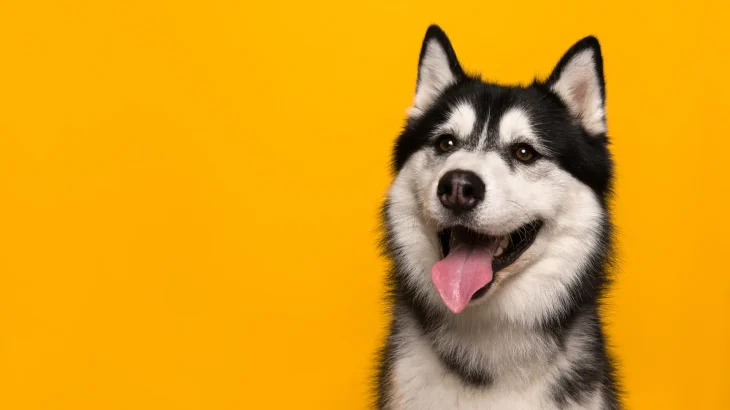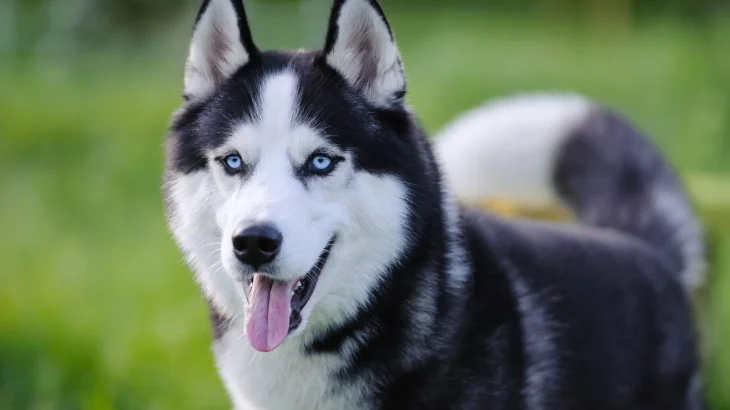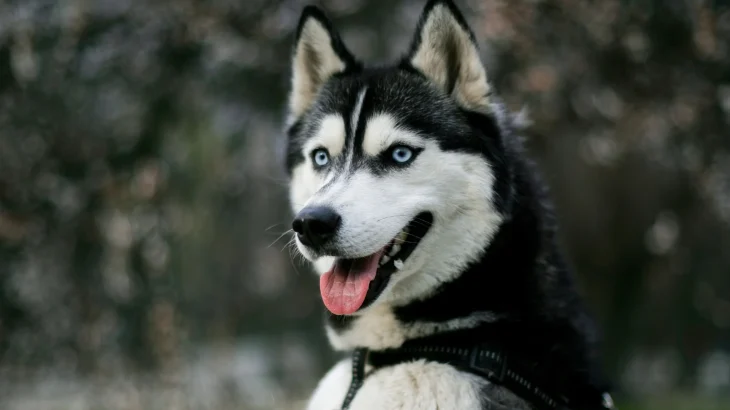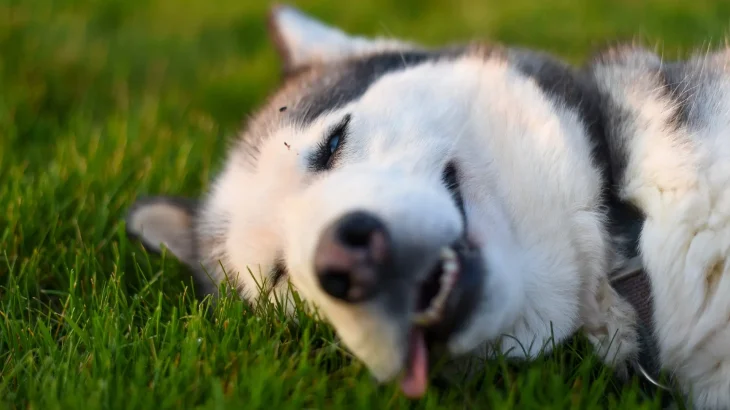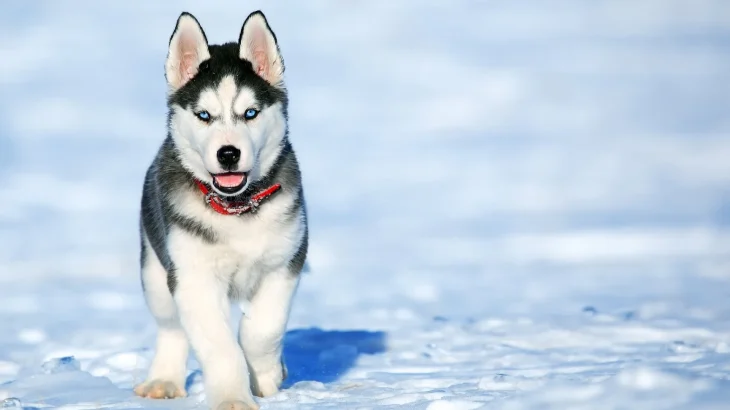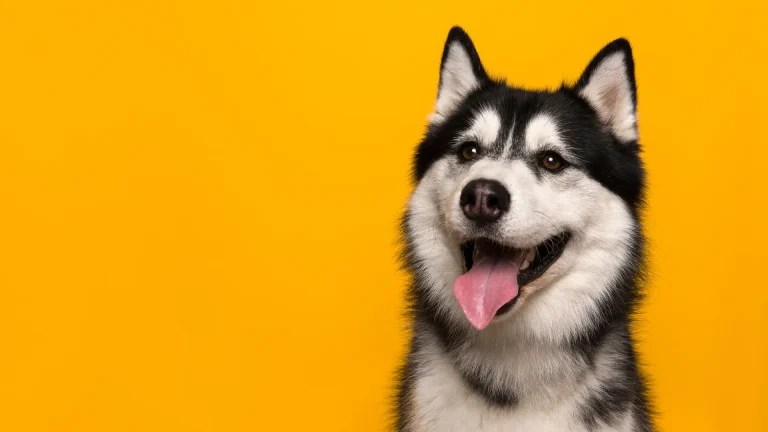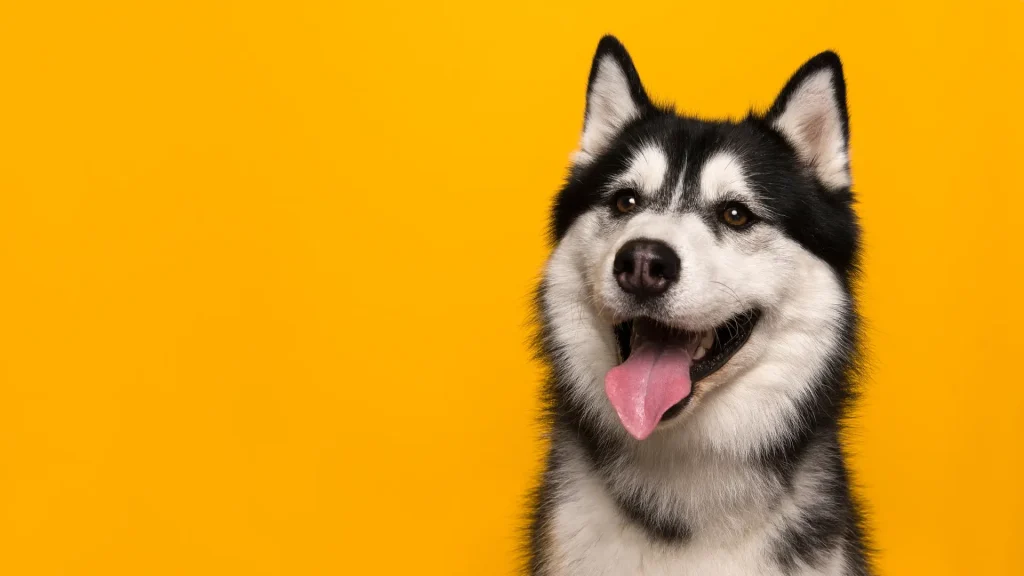Deciding whether to adopt or purchase a Labrador Husky puppy depends on what you prioritize most—knowing the puppy's detailed health and pedigree or giving a deserving dog a second chance. Buying from a breeder often offers more insight into the puppy's genetic background and temperament, while adoption presents an opportunity to save a life and support animal welfare.
| Criteria | Buying from Breeder | Adopting from Shelter/Rescue |
|---|---|---|
| Cost | Higher initial price; Labrador Husky puppies from breeders can be costly due to breed demand. | Generally lower fees; adoption costs often cover vaccinations and spay/neuter. |
| Health History | Breeders usually provide comprehensive health and genetic history of the puppy. | Health background may be uncertain, though shelters perform basic vet checks. |
| Age Availability | Primarily puppies, allowing you to raise the dog from a young age. | Variety of ages available; puppies are rarer but sometimes available. |
| Temperament Insight | Breeders often know lineage temperament and behavior traits. | Shelter staff can share observed behaviors, but full history may be limited. |
| Supporting Practices | Supports responsible breeding programs when choosing ethical breeders. | Supports animal rescue efforts and reduces shelter overpopulation. |
| Ethical Considerations | Depends on breeder ethics; responsible breeders prioritize health and welfare. | Provides a home to a dog in need, often seen as more ethically positive. |

